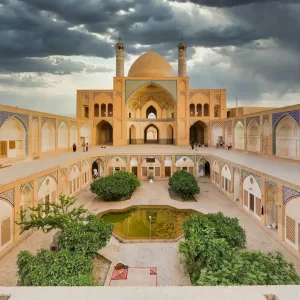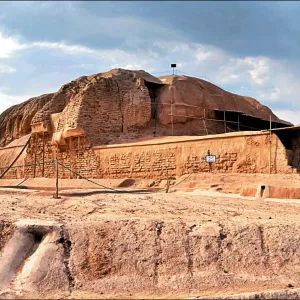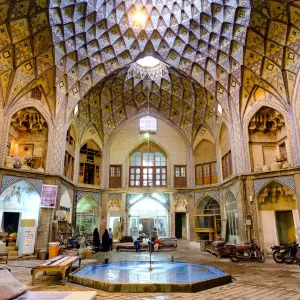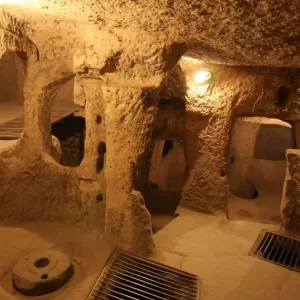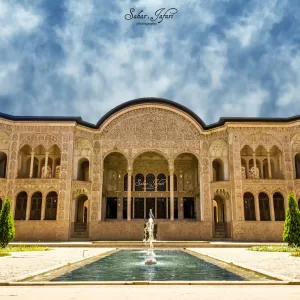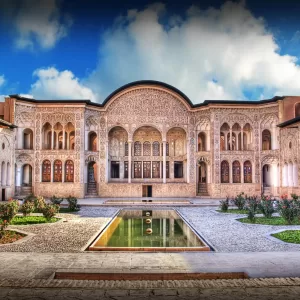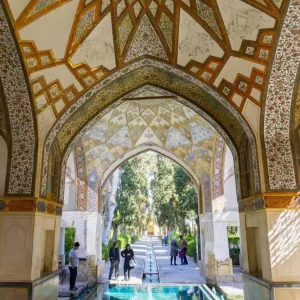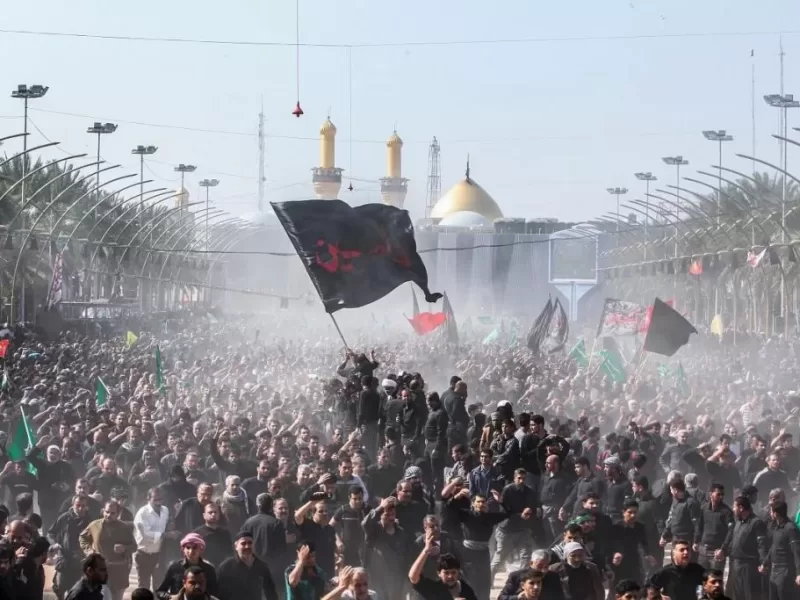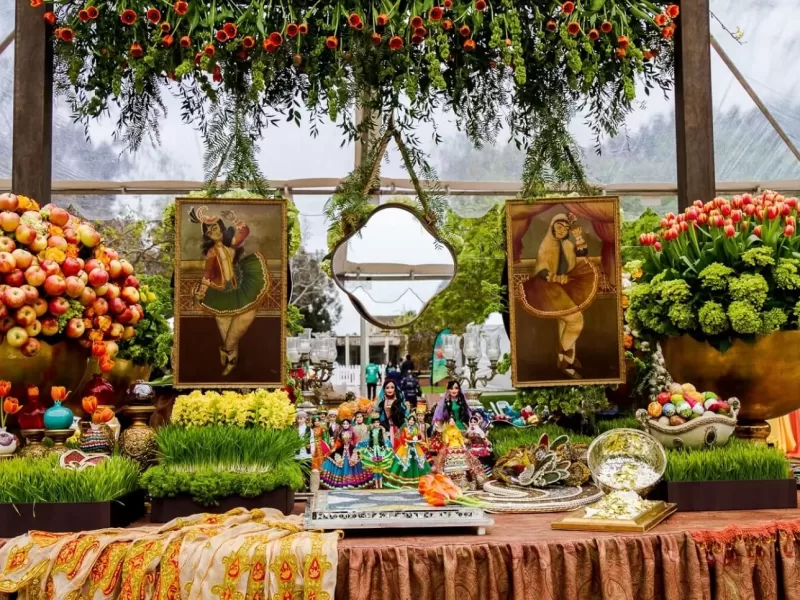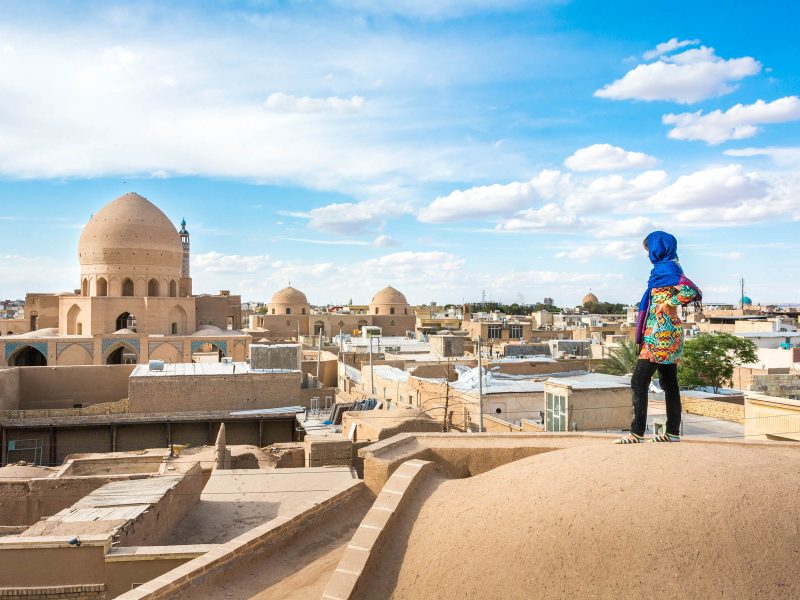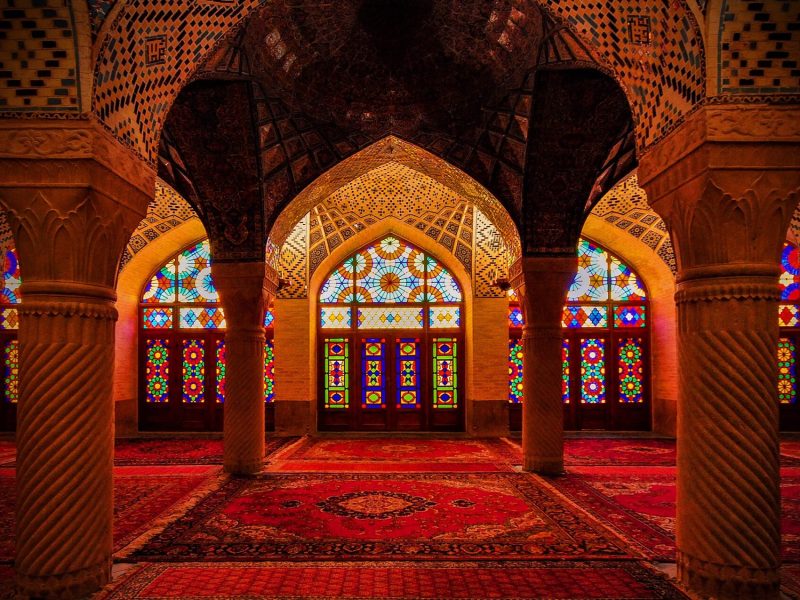Abbasian Historical House: A Gem of Kashan’s Architecture
The city of Kashan in central Iran is well known for its distinctive antique homes that are the ideal embodiment of conventional Persian architecture. The Abbasian Historical House, a well-liked tourist destination in the city, is one such spectacular home. You will learn about the significance of this spectacular mansion as well as its history, architecture, and design in this post.
Brief Facts
- Built in the 19th century
- Listed as a National Heritage Site of Iran
- Comprises of two main sections: Andarouni (interior) and Birouni (exterior)
- Contains various rooms, each with its unique features, such as traditional “shabestan” (underground space for summer), “howz” (pond), and “chaharbagh” (four gardens)
- Known for its intricate tile works and stucco decorations
- Has been used as a traditional guest house for visiting dignitaries
- Recently restored and converted into a museum
History of Abbasian Historical House
The Abbasian Historical House’s past
The Sultan Amir Ahmad Bathhouse, also known as the Abbasian Historical House, was constructed in the 19th century and is one of Kashan’s most stunning displays of traditional Persian architecture. Originally a bathhouse, the structure was eventually transformed into a private dwelling for the affluent Abbasian family. Spacious rooms decorated with works of art and complex carvings were included in the house’s architecture, as well as gorgeous courtyards. The Abbasian Historical House is now a well-liked tourist attraction and a genuine treasure of Kassan’s cultural heritage.
Architecture
With its exquisite tile works, stucco ornamentation, and utilization of natural light, the Abbasian Historical House is an outstanding illustration of traditional Persian architecture. The Andarouni (interior) and Birouni (outside) are the two primary divisions of the building, and each has distinct characteristics. The interior component consists of a number of rooms, each with its unique characteristics, including the customary “shabestan” (summertime underground space), “howz” (pond), and “chaharbagh” (four gardens). The home is renowned for its excellent stucco embellishments and tile work, which are examples of the period’s artistry.
Significance
The Abbasian Historical House is not only a lovely structure, but it also plays a crucial role in Kashan’s past. Prior to being recently repaired and transformed into a museum showcasing the traditional architecture and culture of the area, the home served as a typical guest house for dignitaries on official business. For those who are interested in traditional Persian architecture and the lengthy history of Iran, the home is a must-see.
Conclusion
In conclusion, anyone visiting Kashan must make time to visit the Abbasian Historical House. It is a true tribute to the city’s cultural heritage and artistic traditions thanks to its fascinating history and beautiful architecture. The Abbasian Historical House is a wonderful gem that shouldn’t be missed, from its exquisite tile work to its roomy interiors.
FAQs
- What is the history of Abbasian Historical House?
Iran has designated the Abbasian Historical House, which was built in the 19th century, as a National Heritage Site.
- What is the significance of the house?
The home is noteworthy as a fine illustration of conventional Persian architecture and as a typical guest house for distinguished guests. It is currently a museum highlighting the regional tradition of architecture and culture.
- What is unique about the architecture of the house?
The house’s elaborate tile work, stucco ornamentation, and utilization of natural light, as well as its two main sections, the Andarouni (interior) and Birouni, are some of its distinctive features (exterior).
- How is the house divided?
The house is divided into two main sections: Andarouni (interior) and Birouni (exterior).
- What are the main features of the interior section of the house?
The rooms, each with a special characteristic, such as the traditional “shabestan” (subterranean place for summer), “howz” (pond), and “chaharbagh,” are the key elements of the interior part (four gardens).
- What is the house known for?
The mansion is renowned for its beautiful stucco and tile work.

